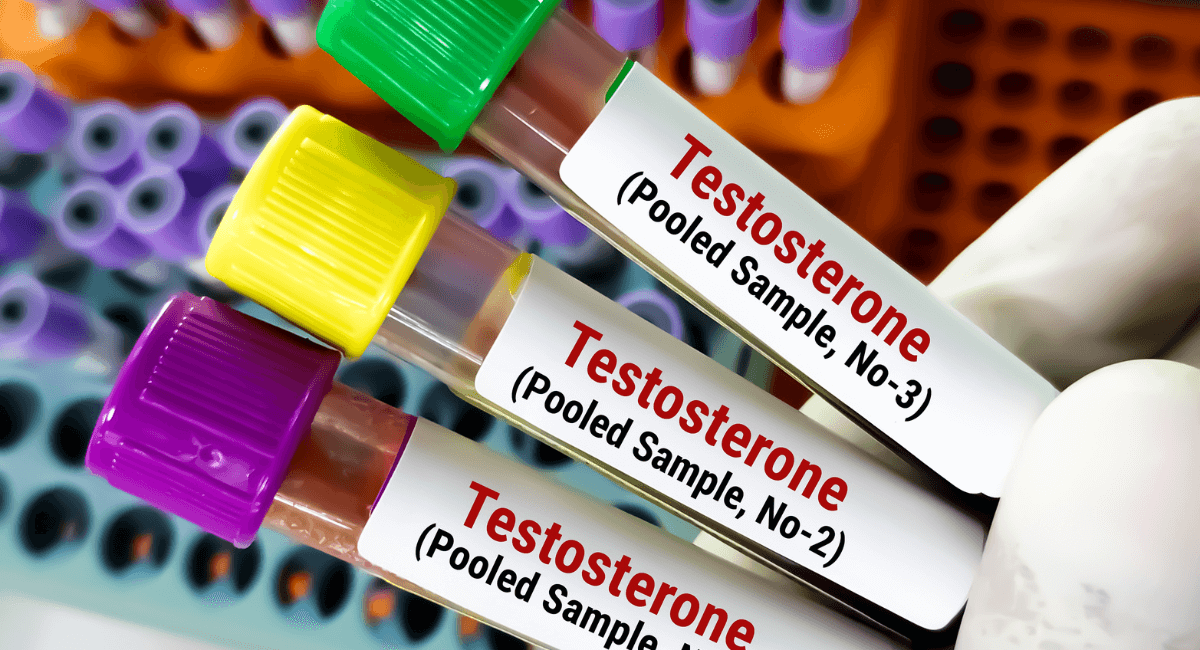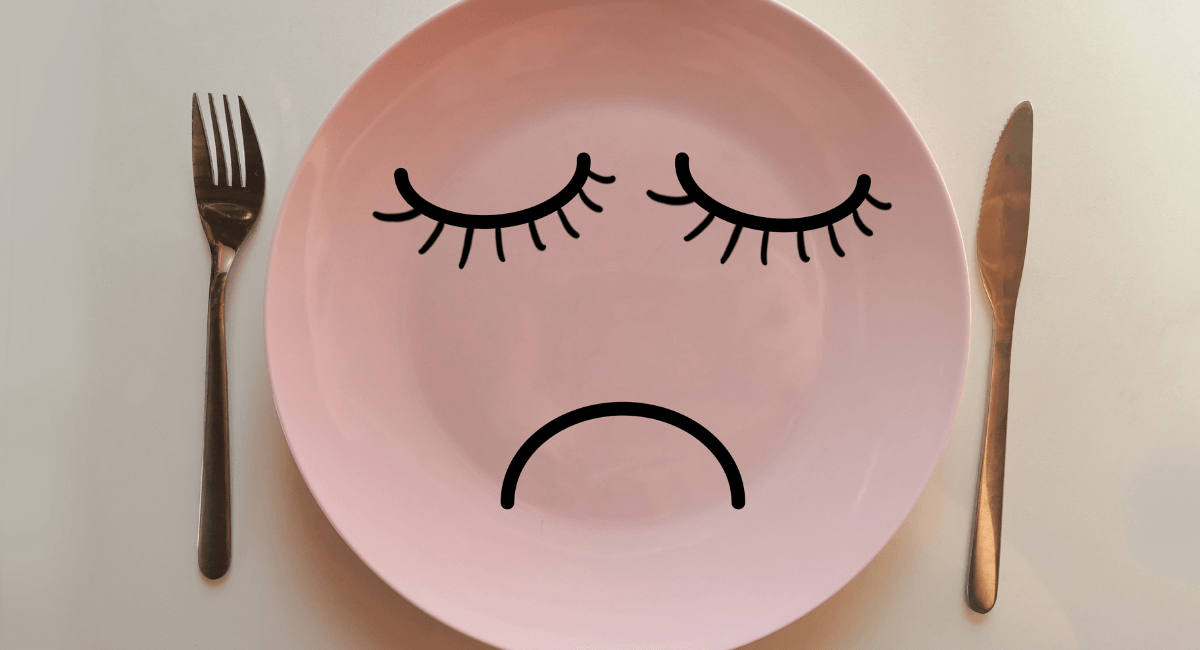Are you struggling to get out of bed in the morning, even after a full night’s sleep? Feeling like your workouts are more of a chore than a challenge? Or maybe your libido has taken an unexpected vacation – leaving you wondering if it’ll ever come back from the beach?
These could all be signs that your testosterone levels are in need of a tune-up. In this blog post we’re going to dive into why testosterone is so important for your health as a man, what happens when your levels begin to dip, and most importantly – what you can do about it. Let’s start by defining testosterones role in the body.
Testosterone: What Is It and What Does It Do For Men?
As the primary sex hormone associated with males (though, yes, women produce small amounts too), it’s a big player in the game of men’s health. Testosterone is produced primarily in the testes by a specialized group of cells known as Leydig cells – although the adrenal glands can also produce smaller amounts of this essential hormone.1

Testosterone is sort of the holy grail of hormones when it comes to men’s health – acting as the driving force behind many of those overtly masculine traits that make us who we are. It is the hormone pulling the strings behind the scenes when it comes to things like:2
- The maturation of sexual organs (penis and testes)
- The production of sperm
- Sex drive and libido
- Body hair growth
- Deepening of the voice
- Increased muscle size and strength
- Bone density, strength, and growth
But here’s the kicker: testosterone isn’t just shaping our bodies – it’s also shaping our minds. Studies have shown that testosterone plays a crucial role in mental health too – influencing your mood, your ability to focus, your energy levels, and more. So what happens if your testosterone levels are on the decline and no longer in optimal range?
What Happens When A Man’s Testosterone Is Low?
Sub-optimal testosterone levels can leave you feeling deflated, like a balloon losing its air – with energy levels dwindling, mood swinging, and zest for life fading into the background. Just some of the symptoms that can come along with low T levels include:3
- An increased risk of developing chronic conditions like cardiovascular disease, neurodegenerative diseases, metabolic syndrome, and more
- Brain fog and difficulty focusing
- Decreased strength and loss of muscle mass
- Extremely low sex drive and libido
- Feelings of depression, hopelessness, and anxiety
- Increased body fat and difficulty losing weight
- Low energy levels and persistent fatigue
- Weaker bones
So what causes low testosterone in the first place?
What Causes Low Testosterone?
Several factors can influence your testosterone levels, including:
- Aging: Testosterone levels naturally decline with age.
- Diet: A diet high in processed foods, sugar, and unhealthy fats can negatively impact testosterone levels.
- Poor sleep: Inadequate or poor-quality sleep can disrupt hormone regulation, including testosterone production.
- Stress: Chronic stress can elevate cortisol levels, which can suppress testosterone production.
While you certainly can’t dodge the effects of time and aging, in today’s fast-paced world, it can be nearly impossible to avoid stress, the occasional less-than-ideal meal, or a rough night of sleep. So how can you know for sure if low T is to blame for your symptoms?
How Do I Know If My Testosterone Is Low?
Your testosterone levels can be assessed with a simple blood test. But sometimes arriving at a diagnosis of low testosterone can be a little tricky. You see, testosterone can be found in 3 different forms:4
- Free testosterone: Testosterone not bound to other molecules – allowing it to be directly available for cellular use
- SHBG attached: Testosterone bound to a protein called sex hormone-binding globulin (SHBG) that shuttles hormones to tissues – rendering testosterone temporarily unavailable to cells
- Albumin attached: Testosterone bound to a protein called albumin, which carries hormones throughout the body but still allows testosterone to remain accessible for cellular utilization
Most blood tests measure all three forms of testosterone, resulting in a total testosterone value. However, this can be misleading because it includes testosterone which may not be readily available for cellular use. Additionally, “normal” testosterone ranges are broad – making interpretation challenging. For males aged 19-49, normal total testosterone levels range from 249-836 ng/dl, while for males aged 50 and older, levels range from 193-740 ng/dl.
So it’s important to be evaluated by a practitioner who specializes in understanding and balancing hormones so you can get an accurate idea of your testosterone levels.
So, How Can I Raise My Testosterone Levels?
The good news is, there are some ways you can turn up the dial on your testosterone production. Some lifestyle tweaks you can make to give your T levels an all-natural boost include:5,6,7,8,9,10
- Get moving: Incorporating movement – especially intense exercise like strength training or high-intensity interval training – can help ramp up testosterone production.
- Maintain a healthy weight: Excess body fat ups your levels of an enzyme called aromatase, which converts testosterone into estrogen.
- Prioritize sleep: Adequate, high-quality shut-eye is essential for testosterone production
- Banish stress: When you’re constantly on edge, your body pumps out cortisol, the stress hormone, which can suppress testosterone production.
- Clean up your diet: What you eat plays a big role in your hormone production. So ditch the processed junk food, sugary snacks, and greasy burgers, and load up on nutrient-rich foods like fruits, veggies, lean proteins, and healthy fats instead.
- Consider supplements: While not a cure-all, certain supplements, adaptogens and activators can support healthy testosterone levels when combined with a balanced diet and lifestyle.
These lifestyle modifications are a great way to set the stage for healthy testosterone production. But the truth is, these strategies might not be enough to restore your testosterone to prime levels. To really get your T levels back to where they should be and get back to feeling like yourself, it may be time to consider hormone replacement therapy.
What Is Hormone Replacement Therapy For Men and What Are the Benefits?
Hormone replacement therapy does precisely what the name suggests: it’s a focused treatment that replenishes and rebalances your hormones to their ideal levels. By replenishing testosterone, you can effectively correct imbalances and alleviate frustrating symptoms. Many men who opt for hormone replacement therapy report results that are nothing short of life-changing – offering a revitalized sense of energy, concentration, and enthusiasm.

But when it comes to hormones, they are not all created equally. It’s important to know the difference between bioidentical hormones and synthetic hormones.
Bioidentical Hormones Vs. Synthetic Hormones: What’s the Difference?
There are two main types of hormones typically utilized in hormone replacement therapy:11
- Synthetic Hormones: Synthetic hormones are engineered with a molecular structure closely resembling, but not precisely identical to, the body’s natural hormones.
- Bioidentical Hormones: Bioidentical hormones are derived from natural sources – typically plant extracts. These compounds have a molecular structure identical to the body’s natural hormones, allowing them to replicate the hormones produced by your body accurately.
Due to their identical molecular structure to natural hormones, bioidentical hormones are often considered not only more effective but also safer than synthetic alternatives. Now let’s dive into the different types of hormone replacement therapy options that are available.
Types Of Bioidentical Hormone Replacement Therapy
When it comes to bioidentical hormone replacement therapy for men, there are a few options:
- Testosterone injections: Testosterone injections deliver a dose of hormone directly into the muscle and are typically administered every 1-2 weeks.
- Testosterone creams, gels, or patches: These are applied topically to the skin daily, allowing for a slow, steady release of testosterone into the bloodstream.
- Testosterone pellets: Testosterone pellets are about the size of a grain of rice and can be inserted under the skin (usually every 4-6 months) where they slowly dissolve over time to release a consistent stream of hormones..
- Testosterone troches: Troches are small lozenges that are placed between the gum and cheek, where they gradually dissolve and release testosterone into the bloodstream over time.
The form and dose of testosterone will be entirely unique to you – so it’s important to work with a practitioner who will take your preferences, lifestyle, medical factors, and overall testosterone levels into account to ensure you’re getting the most bang for your buck when it comes to hormone replacement therapy. Now that you have an understanding of how hormone replacement therapy works and the incredible results it can deliver, you’re probably wondering when it’s time to start considering this treatment option.
When Should Men Start Hormone Replacement Therapy?
There’s no one-size-fits-all answer here. While some men may never require hormone replacement therapy, others might experience declining testosterone levels as early as their 20s. The optimal time to consider hormone therapy is when you personally feel the need for it.
If you’re worried about low testosterone, experiencing symptoms mentioned earlier, or simply not feeling yourself, it might be a good idea to have your levels checked and seek advice from a healthcare professional. While you can certainly request a testosterone level check with your regular primary care provider, they may not be as well-versed in the nuances of hormone replacement therapy.
If you’re really looking to restore balance to your hormones and get back to feeling like you again, your best bet is to consult with a holistically-focused practitioner who specializes in hormone replacement therapy.
Hormone Replacement Therapy Specialist In Gilbert Arizona
If you’re in Gilbert or any of the surrounding areas and are concerned you may be grappling with the symptoms of low testosterone, we are here to help! Here at Activated Health and Wellness, bioidentical hormone replacement therapy for men is one of our specialties.
But we don’t simply assess your hormone levels and give you a prescription for testosterone. We do a deep dive and look at your entire health picture. We’ll help restore balance to your hormones while partnering with you to create a personalized, whole-person approach to get you feeling your best, looking your best, and living your best life.
Here at Activated Health and Wellness, we recognize that everyone is different – and there’s no one-size-fits-all plan that’s going to work for everyone. So our highly-trained team combines cutting-edge diagnostics with holistic, science-backed protocols to craft a 100% personalized plan of action to help you activate your best self.
If you’re ready to step into the next version of yourself and look, feel, and perform your very best, call our clinic today at 480-571-1000 to schedule your consultation!

Resources:
- Testosterone – an overview | ScienceDirect Topics
- Testosterone — What It Does And Doesn’t Do – Harvard Health
- Testosterone deficiency in the aging male (nih.gov)
- Testosterone Test: Free & SHBG, High vs. Low vs. Normal Levels (webmd.com)
- Frontiers | Low Testosterone in Adolescents & Young Adults | Endocrinology (frontiersin.org)
- Type 2 Diabetes and Testosterone Therapy (nih.gov)
- Testosterone and insulin resistance in the metabolic syndrome and T2DM in men – PubMed (nih.gov)
- Endotoxin-initiated inflammation reduces testosterone production in men of reproductive age | American Journal of Physiology-Endocrinology and Metabolism
- The relationship between circulating testosterone and inflammatory cytokines in men – PubMed (nih.gov)
- Relationship between stress hormones and testosterone with prolonged endurance exercise – PubMed (nih.gov)
- Bioidentical hormones: Are they safer? – Mayo Clinic









